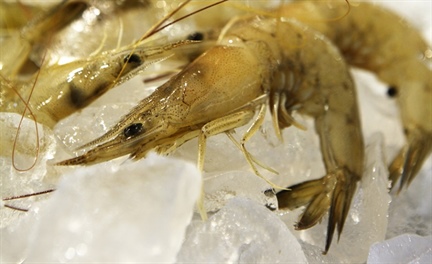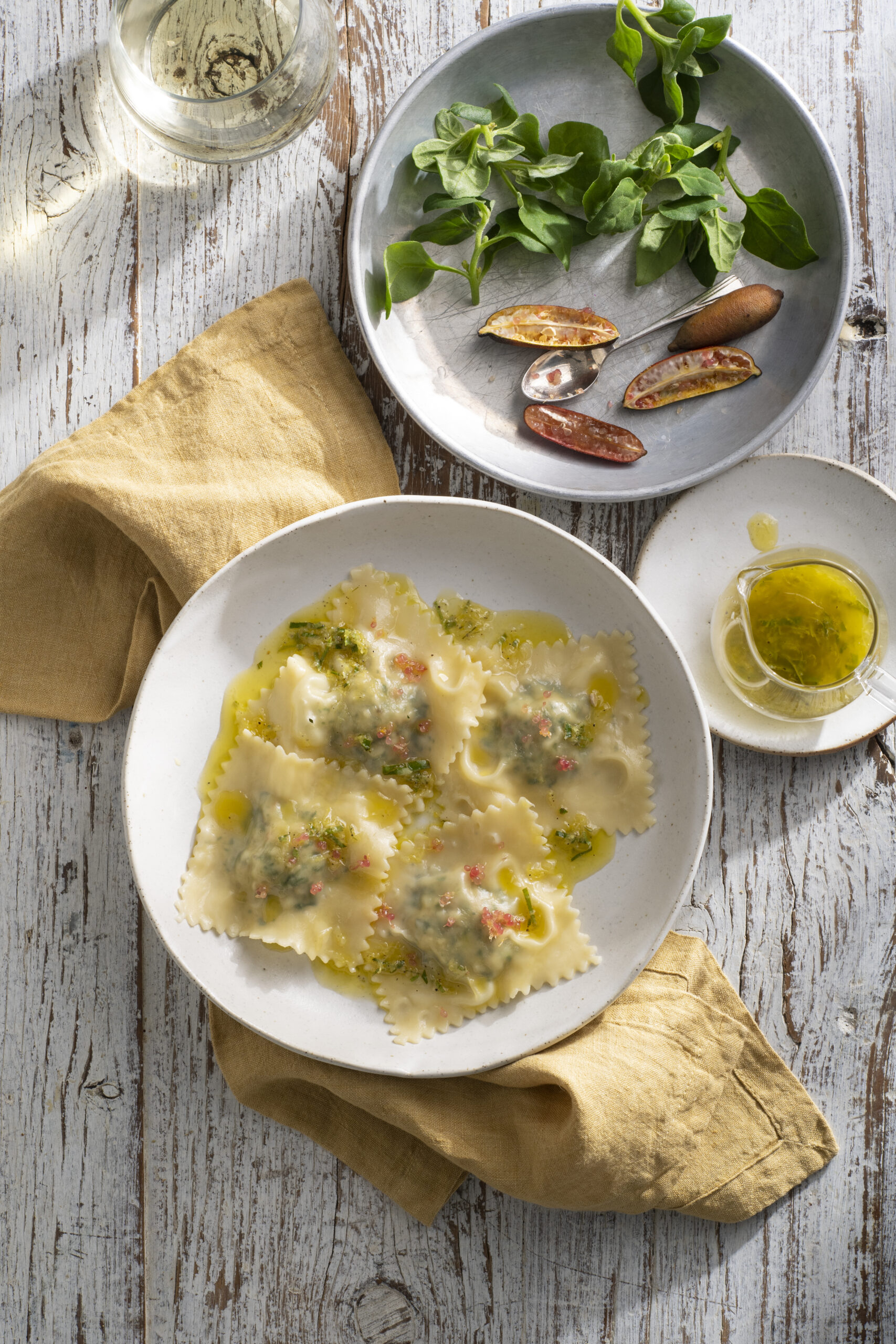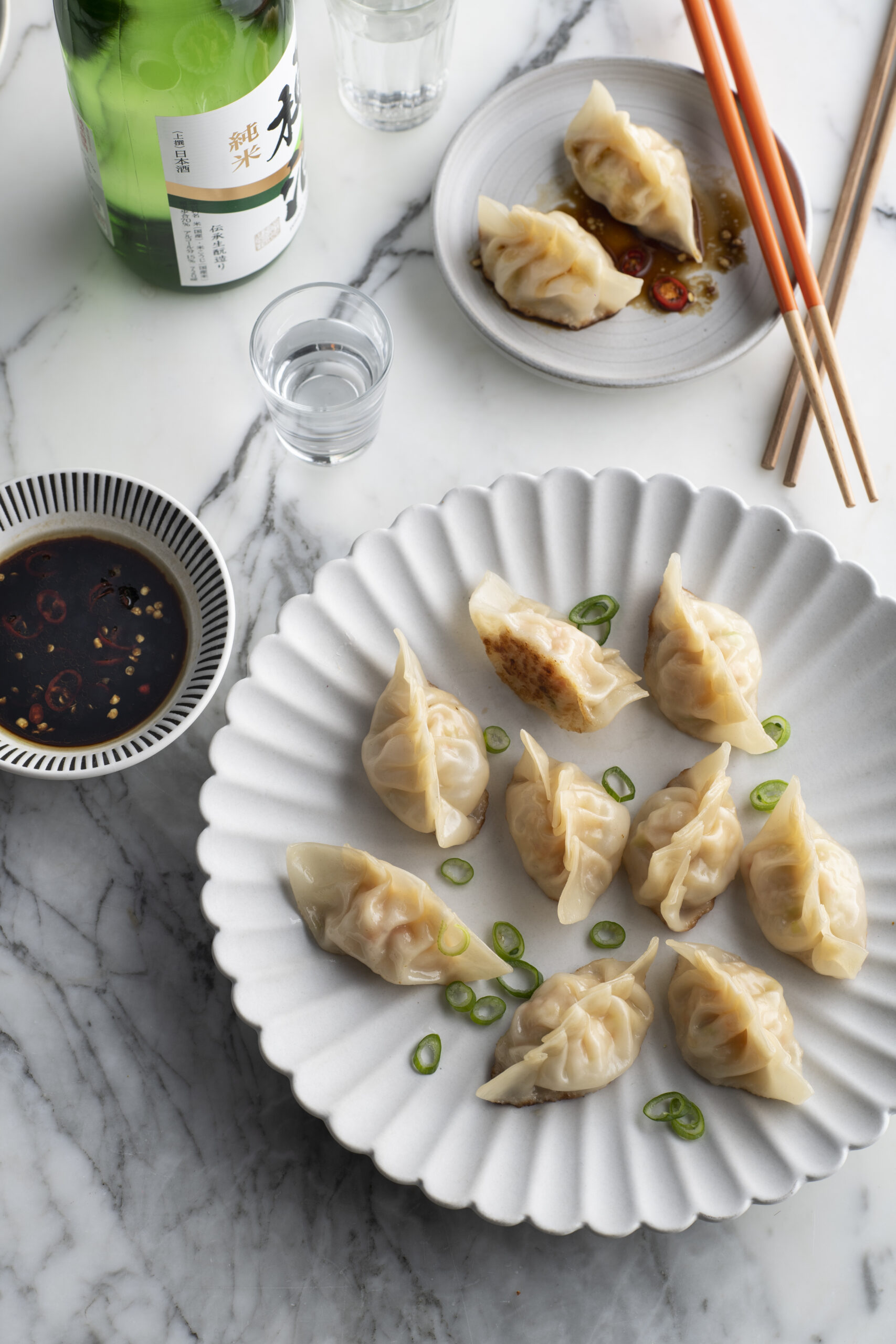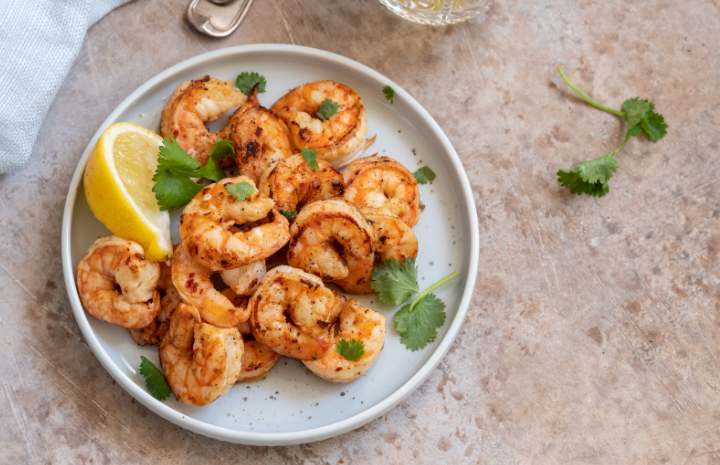
Description
Available wild-caught (previously farmed in NSW), these are marine and estuarine Prawns, with adults found on coarse sandy bottoms near river mouths to depths of about 55m, and juveniles on estuarine seagrass beds or sandy bottoms in shallow waters.
Although they occur from Sale, Victoria, north around the Australian coast to Margaret River, WA, they are mostly trawled or netted in estuaries south of Noosa, with a small recreational fishery for Western School Prawns in WA.
Price
Low-medium priced.
Relations
Other Metapenaeus species, including Endeavour Prawns and Bay Prawns. All Metapenaeus can be sold as School Prawns.
To Buy
School Prawns are most commonly bought cooked, as they have a shorter shelf life than King or Tiger Prawns. Look for brightly coloured, firm, intact, lustrous shells, without any discolouration, particularly at joints, and a pleasant fresh sea smell.
Prawns are highly perishable in their raw state and so are often frozen or boiled at sea as soon as they are caught. If cooking with Prawns, buy green (raw) Prawns, as cooked Prawns will toughen if reheated.
To Store
Leave Prawns in their shells until just before using and store them in an airtight container in the refrigerator for up to 3 days or freeze for up to 3 months below -18ºC. Once thawed, frozen Prawns should not be refrozen.
To Cook
Average yield is 45%. Generally sweeter than larger prawns, with a medium flavour, low-medium oiliness moist flesh with a medium texture. Flesh is translucent when raw and white with pinkish bands when cooked.
After removing the head from a fresh green Prawn, hold the Prawn straight and gently pull the end of the digestive tract (from the head end), it will usually come out in one go. If it breaks off, use a thin skewer to hook it out from the back, or make a small incision along the back and remove it.
In cooked Prawns, cut the back open to remove the digestive tract.
Very small Prawns can be eaten whole, shell and all.
Cooking Methods
Steam, poach, deep-fry, pan-fry, stir-fry, grill, barbecue. School Prawns are often deep-fried shell and all. The firm flesh holds together well in soups and curries.
Like all seafood, Prawns require very little cooking. It is always better to undercook, rather than overcook, them, as they will continue to cook in the residual heat once they are removed from the pan.
Cooked Prawns are good in salads and sandwiches, or eaten cold with a dipping sauce, but don’t use them in a cooked dish, as reheating will make them tough.
Goes Well With
Butter, chilli, garlic, ginger, herbs, lemon, lime, mayonnaise, olive oil, salad greens, soy sauce, tomato.
Imports
Frozen imported from Indonesia, Malaysia and Thailand.


